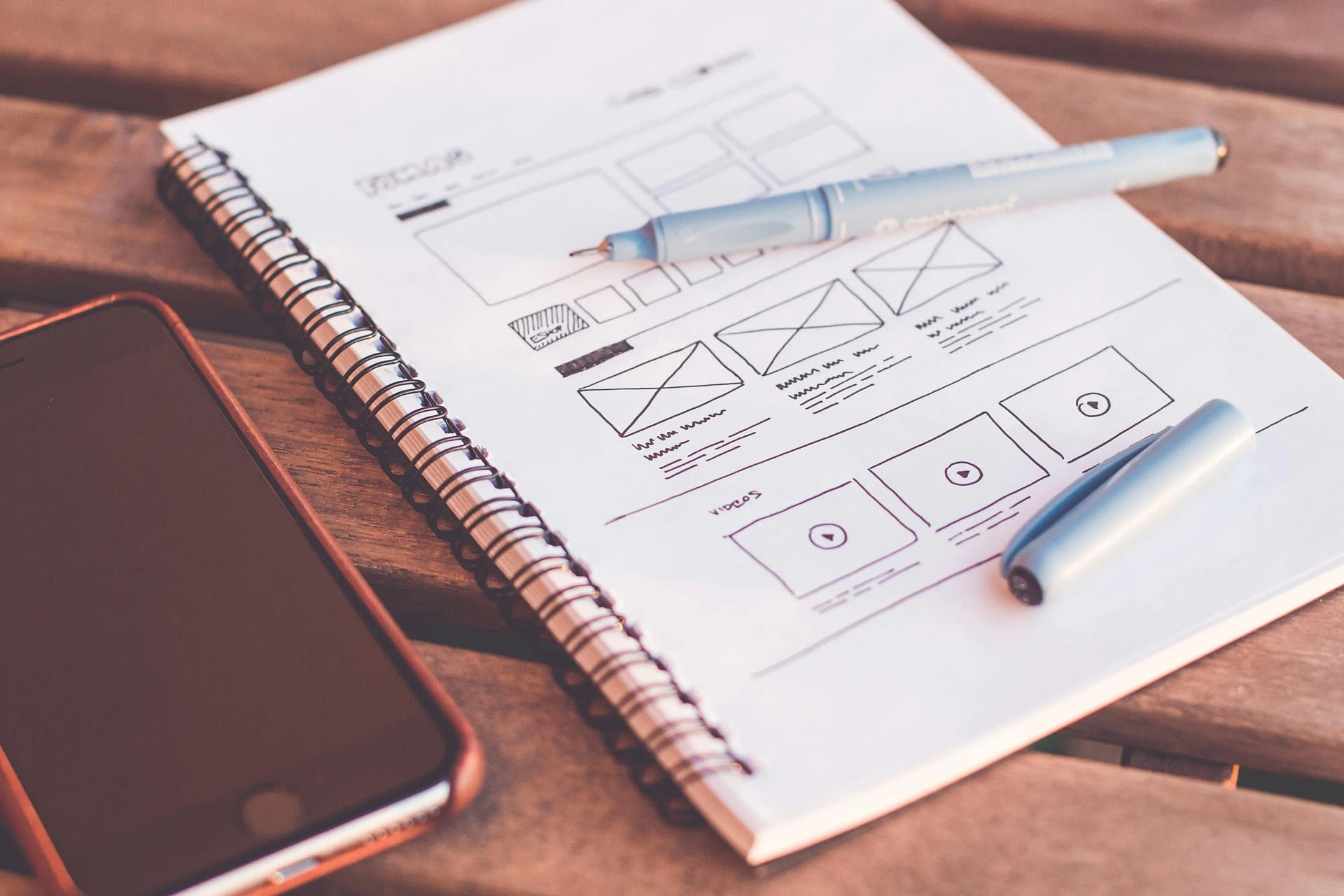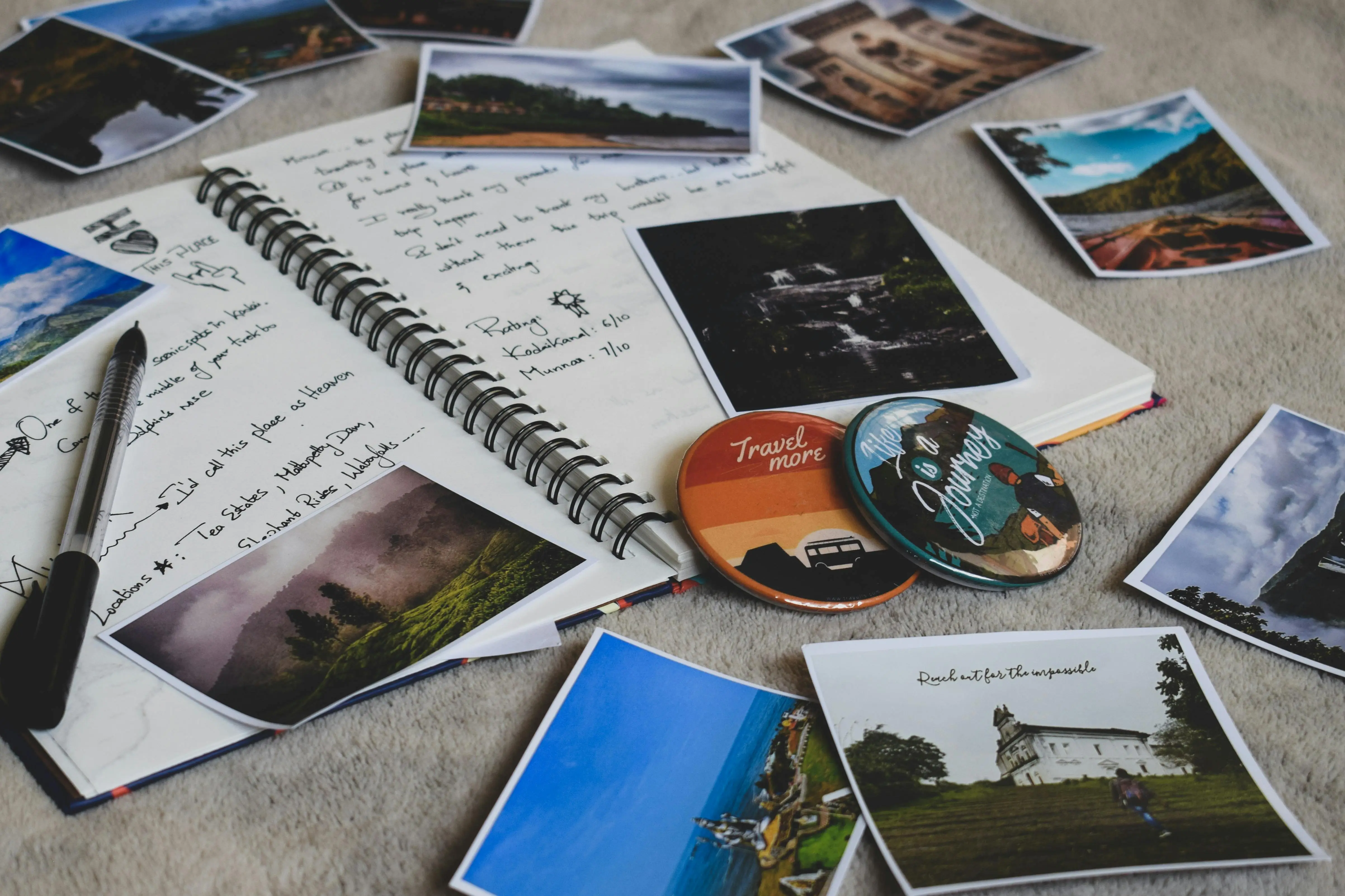The Art of Social Media Design: A Graphic Designer’s Guide
In today’s digital age, social media has become an essential part of our daily lives. With billions of active users across various platforms, social media has become an indispensable tool for businesses and individuals to connect with their audience, build brand awareness, and drive sales. However, with the increasing competition for attention, standing out on social media has become more challenging than ever. This is where the art of social media design comes in.
In this blog post, we will explore the importance of social media design, the key elements of effective social media designs, and some tips and best practices for creating visually stunning social media graphics that engage and inspire your audience.
The Importance of Social Media Design
Visual content is a critical component of social media marketing. In fact, according to a study by HubSpot, visual content is 40 times more likely to be shared on social media than other types of content. This is where social media design comes in.
Effective social media design can help you:
- Grab Attention: With the overwhelming amount of content on social media, standing out is crucial. A visually stunning design can help you capture your audience’s attention and make them stop scrolling.
- Build Brand Awareness: Consistent branding across all your social media channels can help you build brand recognition and awareness.
- Drive Engagement: Visually appealing social media graphics can inspire your audience to engage with your content, share it with their followers, and even make a purchase.
- Establish Credibility: High-quality social media designs can help you establish credibility and trust with your audience, positioning you as a professional and reliable source.
Key Elements of Effective Social Media Designs
To create visually stunning social media graphics, you need to consider the following key elements:
- Branding: Consistent branding across all your social media channels is crucial for building brand recognition and awareness. Make sure your social media designs reflect your brand’s colors, fonts, and style.
- Simplicity: Keep your designs simple and uncluttered. Avoid using too many elements or text that can overwhelm your audience.
- Contrast: Use contrast to make your designs stand out. This can be achieved through the use of color, typography, or size.
- Typography: Choose fonts that are easy to read and reflect your brand’s personality. Make sure the text is legible and the font size is appropriate for the platform.
- Imagery: Use high-quality images that are relevant to your content and audience. Make sure the images are optimized for the platform and size.
- Call-to-Action: Include a clear and concise call-to-action (CTA) that guides your audience to take the desired action.
Tips and Best Practices for Creating Visually Stunning Social Media Graphics
Here are some tips and best practices for creating visually stunning social media graphics:
- Use Templates: Use pre-designed templates to save time and ensure consistency across all your social media channels.
- Experiment with Different Formats: Experiment with different formats, such as images, videos, carousels, and stories, to keep your content fresh and engaging.
- Optimize for Each Platform: Optimize your designs for each platform, considering the platform’s dimensions, aspect ratio, and file size limits.
- Test and Analyze: Test your designs with your audience and analyze the results to see what works and what doesn’t.
- Stay Up-to-Date with Trends: Stay up-to-date with the latest social media design trends and best practices to ensure your designs are fresh and relevant.
Social media design is a critical component of social media marketing. Effective social media designs can help you grab attention, build brand awareness, drive engagement, and establish credibility with your audience. By considering the key elements of effective social media designs and following the tips and best practices outlined in this blog post, you can create visually stunning social media graphics that inspire and engage your audience.





